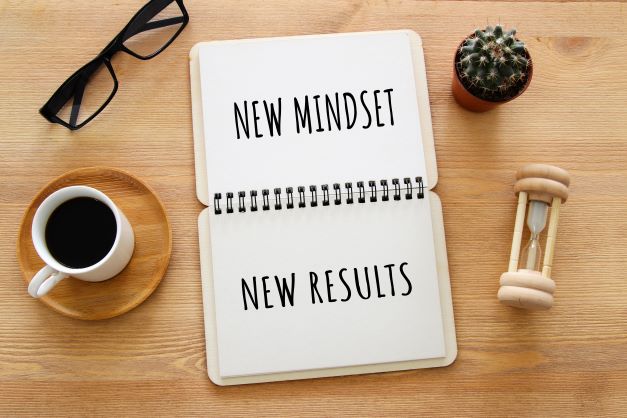How does having value-based pricing impact the salability of your firm?
Right now, buyers look for balance. They want to purchase a practice that has capacity, and decent owner hours. If an owner is working far more than 2,000 hours a year, a new buyer knows they will be putting even more time into the practice than the current seller as they adjust to the new firm. It’s a less than desirable selling feature to have excessive work hours. Value pricing can help create that work-life balance.
Value pricing done right is often coupled with fee increases. Those better fees can increase staff salaries which helps retention and hiring as well as increasing owner cash-flow. This is so important to buyers! Cash-flow to owner is one of the main factors in the sales-price multiple that you can realize at closing. While not many people would turn their nose up to $200,000 in personal income and unlimited opportunity to build a business, it is a problem when it comes time to sell if your gross revenue is say $1,000,000. You have to factor in debt service. A new buyer is likely to use bank financing and lower cash flow means less ability to pay that debt, grow the business, and make new hires. That is not ideal. Cash-flow needs to be at minimum above 40% for you to get top dollar for your firm.
If you have implemented value-based packaging, it means the new buyer doesn’t have to! Most good buyers are going to have the vision to make their new practice more efficient, tech based and more profitable. If you have already taken the firm to value-based pricing, that shows movement into the future of accounting and less restructuring your new buyer has to put time into completing.
Making the Switch to value-based pricing
What is value-pricing? It is a set fee on your services which eliminates the need for hourly billing.
You will see that it immediately simplifies management of your team and your own back-office billing by no longer tracking hours. In the words of Ron Baker, “Hourly Billing penalizes technological advances.” There is so much tech at the accountant’s disposal which automates some of the more rote tasks of tax work. You don’t want to take a decrease in pay for having efficient systems in place. Buyers obviously want you to have efficient systems and good tech. Again, as Ron says, “You have to price your services based on external value and not internal efforts.” This room for automation with value pricing creates time and capacity. That means you either have the ability to offer more advisory services and/or more reasonable working hours for you and your team.
A lot of experimentation and market analysis usually goes into making the switch from hourly to value pricing. A lot of the firms we work with look to competitors in their area or comparable cities for a good pricing comparison. Oftentimes you can look to some successful firm websites to see their rates and packages online. The experimentation comes in of course with testing these packaged rates on your new clients and a sampling of existing clients.
When you feel confident in your packaged service fee, you can roll that out practice wide. This usually means an overall increase in compensation. This is because so many accountants under value their services. Charge what you are worth! You will earn more revenue simply by switching to the value model. It’s a trigger for a general price increase.
How value pricing benefits you and your clients:
Value pricing, interestingly enough, almost forces you to think more about what the client values. Under an hourly billing model, you’re focusing on the number of hours you’re putting in on a project and on your inputs, which means you’re focusing on yourself. When you focus on the client and start thinking about this from the client’s perspective, you get new ideas for how you can provide even more value, and you become more aware of what’s most important to the client.
We worked with a small husband and wife firm who went through the Accounting Practice Academy (APA) and implemented value pricing with three tiers of services and monthly billing. From one year to the next, they nearly doubled their cash-flow to owner, (even though their top-line revenue increased by less than that.) And they were working fewer hours on top of that. They decided to list with us before they fully implemented value pricing with fee increases. They initially listed their firm at around $1,500,000. After changing their pricing strategies, they ended up selling for about $2,000,000. That’s how powerful value pricing can be.
If you are looking for some resources on switching to value pricing, you should check out, Implementing Value Pricing by Ron Baker. We give this book to all of our APA members.
P.S. – Whenever you’re ready, here are 4 other ways we can help:
- Seller FAQ: Answers to the questions sellers are asking. From practice value, to timing, we’ve got you covered.
- Strategic Guide to Selling your CPA Practice Video: The how-to of selling a CPA firm.
- Accounting Practice Academy: If you’re looking for benchmarks, our 8-week workshop has a community of established firm owners that will help you get perspective, reduce your owner hours, and raise your bottom line. email ibrennan@poegroupadvisors.com with “APA” and we will fill you in on the details.
- If you want to chat about your exit strategy, email bball@poegroupadvisors.com with “strategy call” or request a call here.






